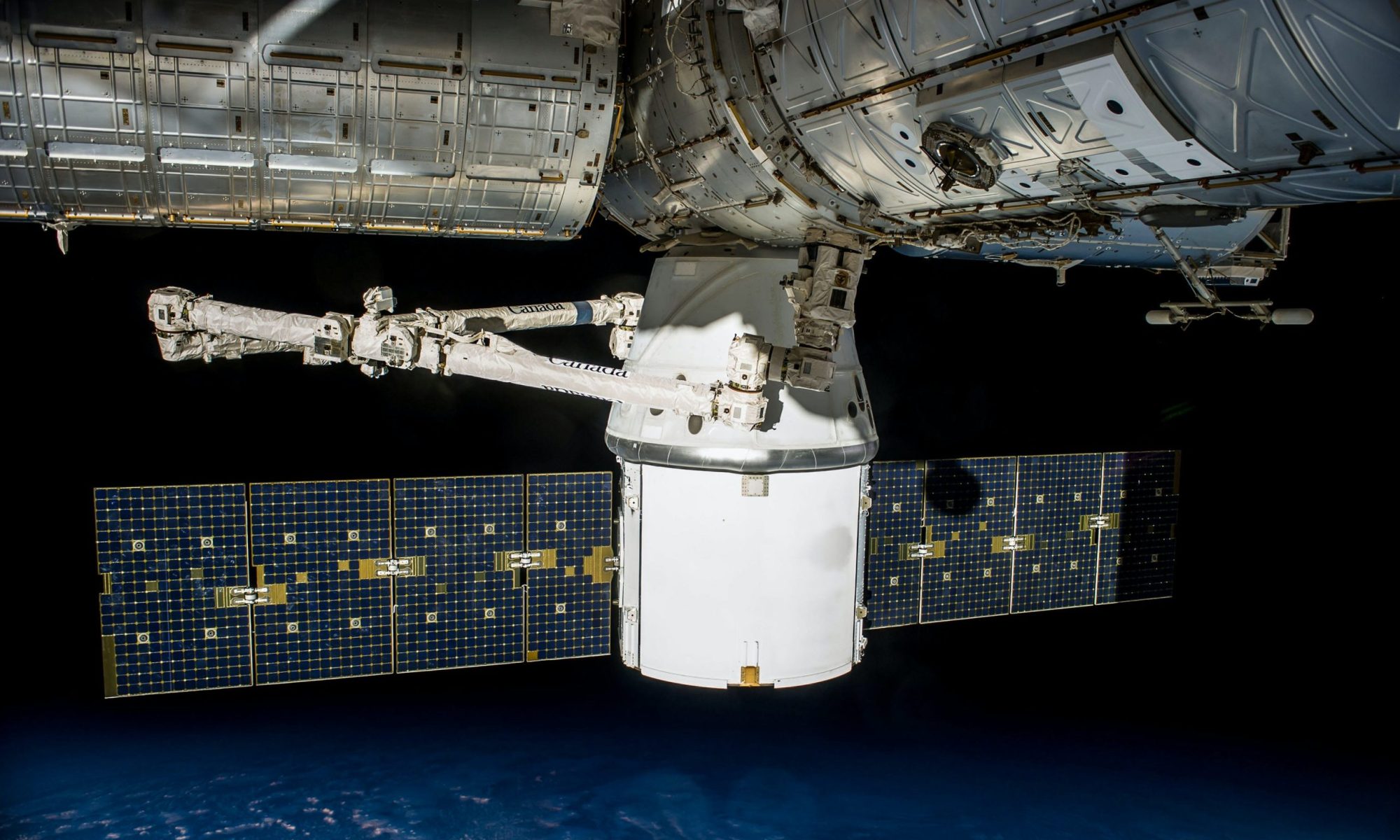For referencing IQClab please cite:
| No. | Reference |
| [1] | J. Veenman, C. W. Scherer, C. Ardura, S. Bennani, V. Preda, B. Girouart, “IQClab: A new IQC based toolbox for robustness analysis and control”, in Proc. 4th IFAC Workshop on Linear Parameter Varying Systems LPVS 2021, 19-20 July 2021, https://doi.org/10.1016/j.ifacol.2021.08.583 . |
References mentioned throughout the website:
| No. | Reference |
| [1] | J. Veenman, C. W. Scherer, H. Köroğlu, “Robust stability and performance analysis based on integral quadratic constraints”, European Journal of Control, Vol. 31, pp. 1-32, https://doi.org/10.1016/j.ejcon.2016.04.004. |
| [2] | M. Fetzer, C. W. Scherer, “Full/block multipliers for repeated, slope-restricted scalar nonlinearities”, Int. J. of Robust and Nonlinear Control, Vol 27, pp. 3376-3411, 2017, https://doi.org/10.1002/rnc.3751. |
| [3] | J. C. Doyle, K. Glover, P. P. Khargonekar, B. A. Francis, “State-space solutions to standard |
| [4] | P. Gahinet, P. Apkarian, “A linear matrix inequality approach to |
| [5] | T. Iwasaki, R. E. Skelton, “All controllers for the general |
| [6] | J. Veenman, C. W. Scherer, “IQC-synthesis with general dynamic multipliers”, Vol. 24, pp. 3027-3056, 2014, https://doi.org/10.1002/rnc.3042. |
| [7] | C. W. Scherer, “LPV control and full block multipliers”, Automatica, Vol. 37, pp. 361-375, 2001, https://doi.org/10.1016/S0005-1098(00)00176-X. |
| [8] | J. Veenman, M. Lahr, C. W. Scherer, “Robust controller synthesis with unstable weights”, in Proc. 55th Conference on Decision and Control (CDC), 2016, https://doi.org/10.1109/CDC.2016.7798620. |
| [9] | J. Veenman, C. W. Scherer, “A synthesis framework for robust gain-scheduling controllers”, Automatica, Vol 50., pp. 2799-2812, 2014, https://doi.org/10.1016/j.automatica.2014.10.002. |
| [10] | E. F. Mulder, M. V. Kothare, M. Morari, “Multivariable anti-windup controller synthesis using linear matrix inequalities”, Automatica, Vol. 37, pp. 1407-1416, 2001, https://doi.org/10.1016/S0005-1098(01)00075-9. |
| [11] | H. M. N. K. Balini, C. W. Scherer and J. Witte, “Performance enhancement for AMB systems using unstable H-infinity controllers,” IEEE Transactions on Control System Technology, vol. 19, no. 6, pp. 1479-1491, 2011, https://doi.org/10.1109/TCST.2010.2097264. |
| [12] | B. A. Francis, A course in H-infinity theory, New York: Springer-Verlag, 1987, https://doi.org/10.1007/BFb0007371. |
| [13] | M. E. Pittelkau and W. G. McKinley, “Pointing error metrics: Displacement, smear, jitter, and smitter with application to image motion MTF”, in AIAA/AAS Astrodynamics Specialist Conference, 2012, https://doi.org/10.2514/6.2012-4869. |
| [14] | T. Ott, W. Fichter, S. Bennani and S. Winkler, “Precision pointing H-inf control design for absolute, window-, and stability-time errors”, CEAS Space Journal, vol. 4, pp. 13-30, 2013, https://doi.org/10.1007/s12567-012-0028-z. |
| [15] | J. Veenman, C. W. Scherer, “IQC-synthesis with general dynamic multipliers”, International Journal of Robust and Nonlinear Control, Vol. 24, pp. 3027-3056, 2014, https://doi.org/10.1002/rnc.3042. |
| [16] | C. W. Scherer, R. G. E. Njio and S. Bennani, “Parametrically varying flight control system design with full block scalings,” Proceedings of the 36th Conference on Decision and Control, pp. 1510-1515, 1997, https://doi.org/10.1109/CDC.1997.657686. |
| [17] | A. Packard, J. Doyle, “The complex structured singular value”, Automatica Vol. 29, pp. 71-109, 1993, https://doi.org/10.1016/0005-1098(93)90175-S. |
| [18] | G. Dullerud, E. Paganini, “A Course in Robust Control Theory”, Texts in Applied Mathematics, Springer-Verlag, NewYork, 1999. |
| [19] | K. Zhou, J.Doyle, K. Glover, “Robust and Optimal Control”, Prentice Hall, Upper Saddle River, New Jersey, 1996. |
| [20] | A. Megretski, A. Rantzer, “System analysis via integral quadratic constraints”, IEEE Transactions on Automatic Control, Vol. 42, pp. 819–830, 1997, https://doi.org/10.1109/9.587335. |
| [21] | M. Fetzer, C. W. Scherer, J. Veenman, “Invariance with dynamic multipliers”, IEEE Transactions on Automatic Control , Vol. 63, pp. 1929-1942, 2017, https://doi.org/10.1109/TAC.2017.2762764. |
| [22] | C. W. Scherer, J. Veenman, “Stability analysis by dynamic dissipation inequalities: On merging frequency-domain techniques with time-domain conditions”, System & Control Letters, Vol. 121, pp. 7-15, 2018, https://doi.org/10.1016/j.sysconle.2018.08.005. |
| [23] | M. Fetzer, C. W. Scherer, “Absolute stability analysis of discrete time feedback interconnections”, Proceedings of the 20th IFAC World Congress, pp. 8447-8453, 2017, https://doi.org/10.1016/j.ifacol.2017.08.757. |
| [24] | C. W. Scherer, I. E. Köse, “Robustness with dynamic IQCs: An exact state-space characterization of nominal stability with applications to robust estimation”, Automatica, Vol. 44, pp. 1666-1675, 2008, https://doi.org/10.1016/j.automatica.2007.10.023. |
| [25] | Y. Gan et. al., “A Comprehensive evaluation of various sensitivity analysis methods: A case study with a hydrological model”, Environmental Modelling & Software, Vol. 51, pp. 269-285, 2014, https://doi.org/10.1016/j.envsoft.2013.09.031. |
| [26] | M. D. Morris, “Factorial sampling plans for preliminary computational experiments”, Technometrics, Vol. 33, pp. 161-174, https://doi.org/10.2307/1269043. |
| [27] | A. Saltelli, et. al., “Variance based sensitivity analysis of mode output. Design and estimator for the total sensitivity index”, Computer Physics Communications, Vol. 181, pp. 259-270, 2010, https://doi.org/10.1016/j.cpc.2009.09.018. |
